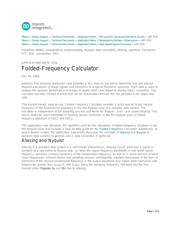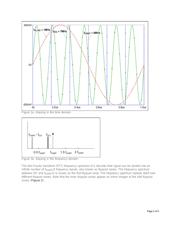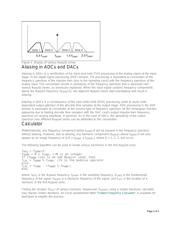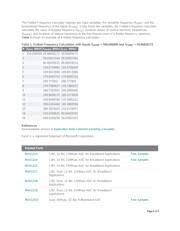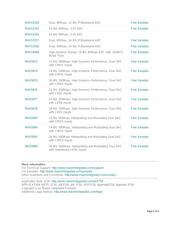下载

Maxim > Design Support > Technical Documents > Application Notes > A/D and D/A Conversion/Sampling Circuits > APP 3716
Maxim > Design Support > Technical Documents > Application Notes > Basestations/Wireless Infrastructure > APP 3716
Maxim > Design Support > Technical Documents > Application Notes > High-Speed Signal Processing > APP 3716
Keywords: folded, oversampling, undersampling, Nyquist, data converters, aliasing, spectrum, harmonics,
FFT, ADC, convolution, DAC
APPLICATION NOTE 3716
Folded-Frequency Calculator
Dec 23, 2005
Abstract: The following application note provides a fast, easy-to-use tool to determine true and aliased
frequency locations of image signals and harmonics in a typical frequency spectrum. Such data is used to
analyze the dynamic performance of analog-to-digital (ADC) and digital-to-analog (DAC) converters. The
calculator tool was created in Excel and can be downloaded through the link provided in the application
note.
This Excel®-based, easy-to-use, Folded-Frequency Calculator provides a quick way to locate integral
harmonics of the fundamental frequency in the first Nyquist zone of a sampled data system. The
calculator is independent of the sampling process and works for Nyquist-, over-, and undersampling. This
tool is useful for users interested in locating various harmonics in the first Nyquist zone of folded
frequency spectrum of ADCs and DACs.
This application note discusses the algorithm used for the calculation of folded-frequency locations in the
first Nyquist zone, and includes a step-by-step guide for the Folded-Frequency Calculator. Additionally, to
lend a deeper insight, this application note briefly discusses the concepts of aliasing and Nyquist in
sampled data systems in general, and in data converters in particular.
Aliasing and Nyquist
Aliasing in a sampled data system is a well-known phenomenon. Aliasing occurs whenever a signal is
sampled at a rate below its Nyquist rate, i.e. twice the signal frequency bandwidth. A real-world signal-
frequency spectrum contains harmonics of the fundamental frequency, as well as in-band and out-of-band
noise frequencies. Inherent device and sampling process nonlinearities manifest themselves in the form of
harmonics of the desired fundamental frequency in the output waveform. Any higher order harmonics with
frequencies greater than f
SAMP
/2, with f
SAMP
being the sampling frequency, fold back into the first
Nyquist zone (Figures 1a and 1b) due to aliasing.
Page 1 of 5


